Let's talk about how to use a DI box and a reamp box and what they are doing under the hood.
Audio vacuum tubes for dummies
If you read the previous article, you now know how vacuum tubes work. For those who didn’t follow along, go check it out! To summarize, vacuum tubes are glass components consisting of multiple electrodes and often an independent filament that heats the component to allow proper operation. With two useful connections, you get a diode, which allows current to flow in only one direction. With a third connection, you get a triode, and so on with the tetrode, the pentode, and some increasingly complex models. Today, I’ll walk you through the differences between the tubes most commonly used in guitar and bass amplifiers.
Before anything else, a quick safety note: always take precautions when handling the tubes in your amplifier, and do not attempt any work if you are not trained in electrical safety. I take no responsibility if you injure yourself or damage anything while handling your equipment. It’s at your own risk—consider yourself warned! When in doubt, always consult a qualified technician.
1. Preamp tubes
As the name suggests, preamp tubes serve to amplify the guitar’s voltage to a sufficiently high level so that it can be processed by the amplifier’s tone controls and so that the power amplifier can function correctly. Without this boost, the power amp wouldn’t be able to push our precious watts through the speaker! Moreover, the bass/mid/treble tone controls and other EQ settings in our amps mainly work by cutting certain frequencies, which often results in a volume loss. This loss needs to be compensated for by gain stages, and stacking enough gain stages in series is what creates the overdrive and saturation we love in tube amps. The more tubes a preamp section has, the higher its gain potential. In short, preamp tubes compensate for the volume loss from EQ settings, add their own tonal characteristics and saturation, and elevate the signal to a usable level for the power amp.
The vast majority of preamp tubes are dual triodes—essentially two independent triodes in one glass envelope, providing two gain stages—and belong to the 12A_7 series (American designation) or ECC series (European designation). The most well-known ones include:
- 12AX7 (= ECC83): Maximum gain of 100, significantly boosts voltage but isn’t great at driving current. Commonly used for high-gain applications.
- 12AT7 (= ECC81): Maximum gain of 60, provides good voltage amplification and allows better current flow. Often used for effects loops, power amp drivers, or reverb circuits.
- 12AU7 (= ECC82): Maximum gain of 20, offers minimal voltage gain but excellent current capacity, making it ideal for effects loop buffers.
- 12AY7: Maximum gain of 44, provides moderate voltage gain but isn’t great at driving current. Can replace a 12AX7 to tame an overly aggressive amp and is more resistant to microphonics (less sensitive to mechanical vibrations transmitted to the audio signal).
Other variants exist, such as the 7025, a low-noise version of the 12AX7, or the 5751, which is essentially a 12AX7 with a maximum gain of 70. Another interesting tube is the EF86, a pentode preamp tube used in 1970s Vox amps before the Top Boost circuit was introduced. With a maximum gain exceeding 200, it’s no wonder it has a reputation for being microphonic—it amplifies the signal so much that it can drive a power amp directly!
You can freely swap ECC and 12A_7 tubes to adjust the gain of different stages in your amplifier. However, the EF86 is not interchangeable due to its different pin configuration. Otherwise, feel free to experiment—but be careful! Tube amplifiers contain dangerous voltages. To stay safe, play your amp for a few minutes, then turn it off and wait for the tubes to cool before removing them to avoid burns or damage.
2. Power tubes
Power tubes receive the signal from the preamp, amplify it, and drive enough current through the output transformer to move the speaker cone. They operate at higher voltages than preamp tubes and use the output transformer to convert this high voltage into high current for the speaker. Power tubes are generally not interchangeable, and maintenance tasks (such as tube replacement or bias adjustment) should be performed by a professional.
Here’s a look at some of the most common power tubes:
- 6V6: Found in small Fender amps, producing about 5W alone and around 12W per pair.
- 6L6: Used in larger amps, delivering 8W alone and 40W per pair while retaining the 6V6’s tonal character at higher volumes.
- EL84: The small British tube found in lower-wattage Marshall and Vox amps, producing 5W alone and 18W per pair.
- EL34: Another British favorite, capable of producing 10W alone and 50W per pair. It’s somewhat like the British equivalent of the 6L6, with a slightly different tonal balance.
For higher power levels, amplifiers often use four, six, or even eight power tubes, or specialized tubes such as the KT150 or the 300B triode, highly prized by audiophiles.
According to Benjamin Genot from Belgian tube amp brand AMS, each power tube has unique characteristics. The EL34 has a more pronounced midrange compared to a 6L6. The 6V6 is very close to the 6L6 but has less headroom and lower volume. The EL84, on the other hand, has a distinct bright character and tends to break up earlier than other tubes. However, circuit design plays a huge role in an amp’s tone! Factors like transformer saturation, negative feedback, and preamp voicing significantly impact the final sound. Not to mention the speaker, which alone has a massive effect on the amp’s tone—making it a cost-effective way to tweak your sound without breaking the bank!
3. Rectifier tubes
These tubes are often dual diodes—two diodes in one envelope—and serve only in the power supply circuit. Today, this technology is mostly obsolete, having long been replaced by semiconductor diodes, which are smaller, more efficient, and do not require warm-up time. However, tube rectifiers contribute what’s often called “sag.” When the power amp saturates, it suddenly demands much more current. While modern semiconductor diodes would maintain a steady voltage, tube rectifiers struggle to keep up, reacting dynamically along with the power tubes. This interaction contributes to the amp’s compression and overall tonal response. You can think of it as a built-in compressor within the amp itself. While vintage players love this effect, metal and modern guitarists usually prefer minimal sag.
Some common rectifier tubes include:
- 5Y3: Low-power rectifier used in Fender amps, compresses more than other rectifiers.
- EZ81: Found in small Vox and Marshall amps, offers less compression than the 5Y3 but can’t handle as much current.
- 5U4: Provides moderate sag, with a greater current-handling capacity than the previous two.
- GZ34: Used in higher-powered Marshall, Mesa Boogie, and Vox amps. It has sag levels similar to the EZ81 but with much higher current-handling capabilities, making it the closest to an ideal diode among these options.
Again, these tubes are not interchangeable, and only a qualified technician familiar with tube power supplies should modify your amp to adjust its sag characteristics.
I hope this overview helps you better understand the role of different vacuum tubes! Now that you’re well-informed, my next article will explain why most pedals claiming to simulate tube circuits are way off the mark. Stay tuned!



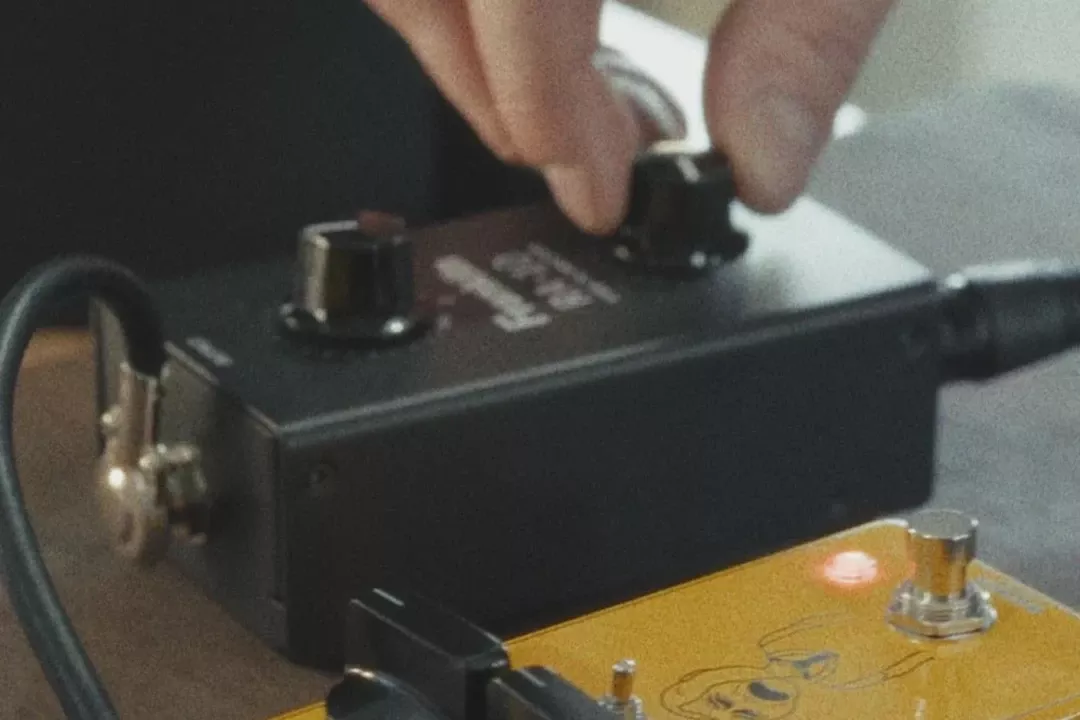

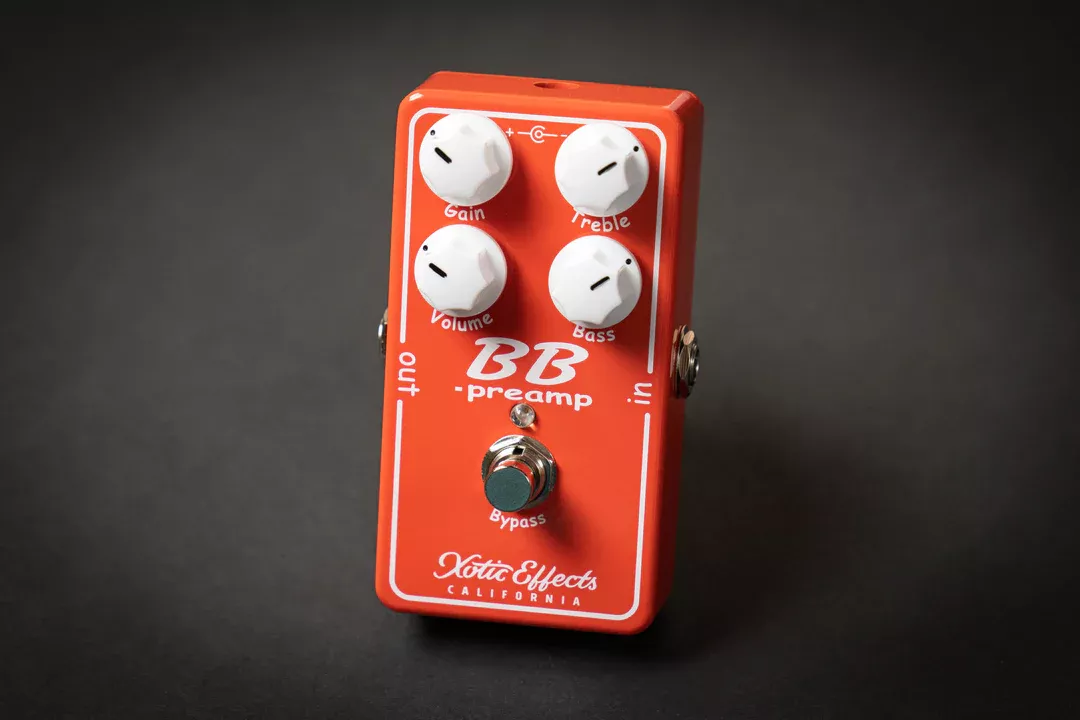
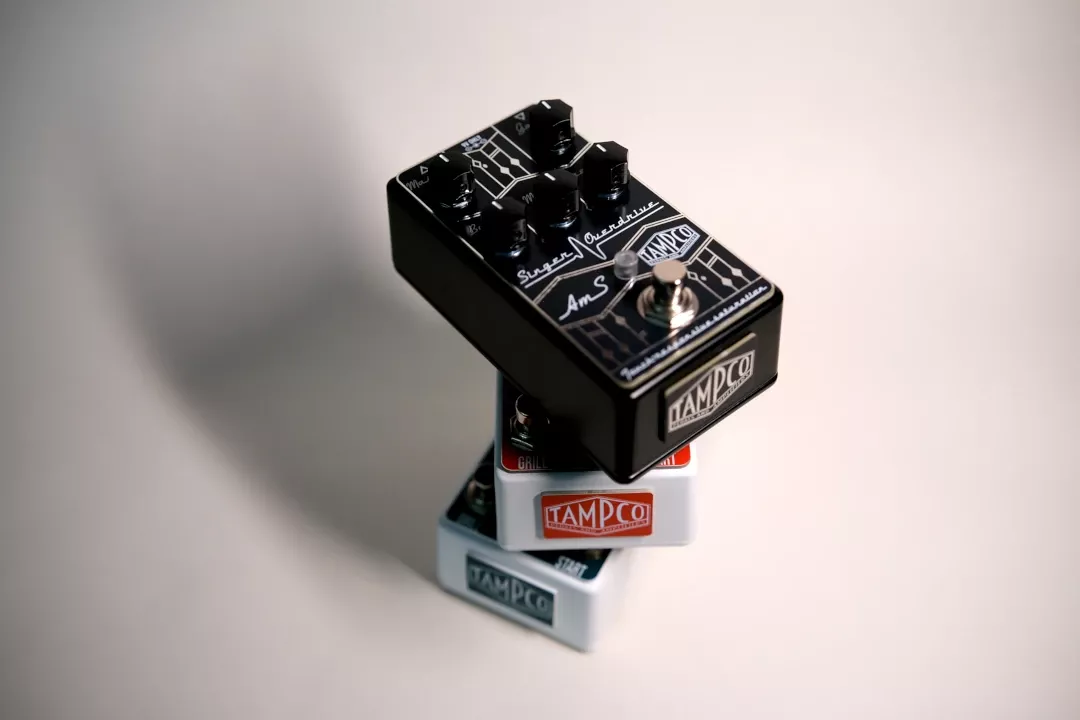
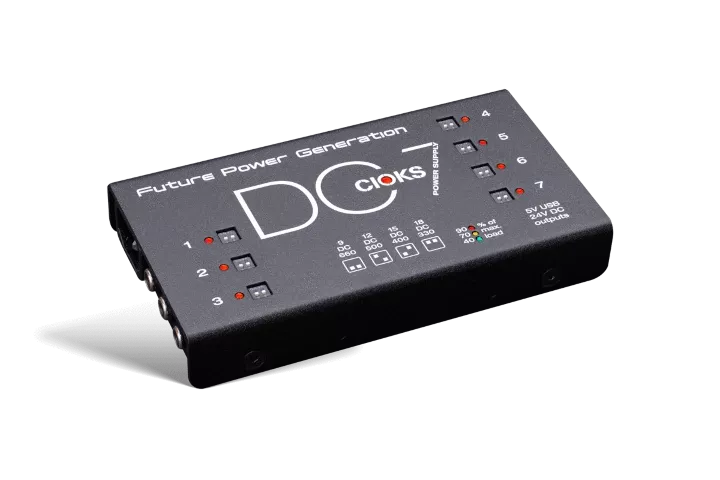
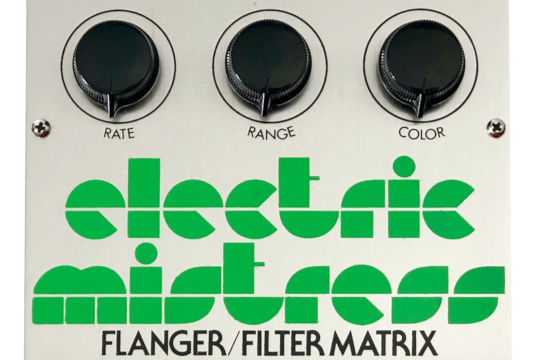
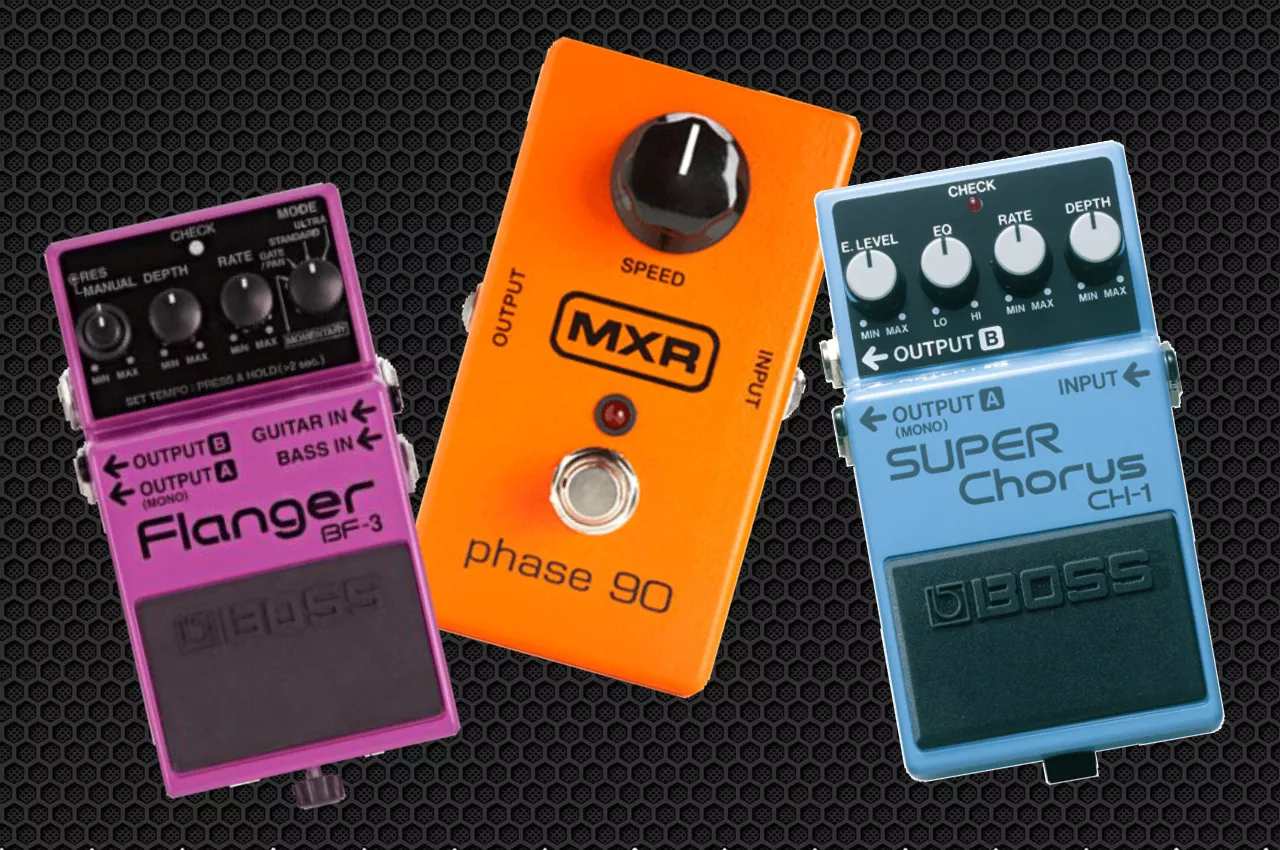

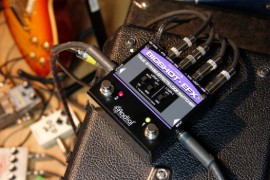
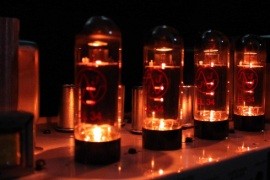
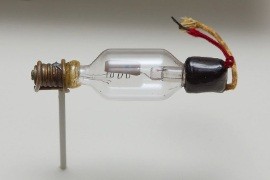
Leave a comment